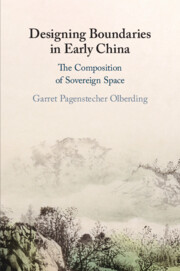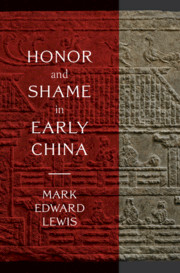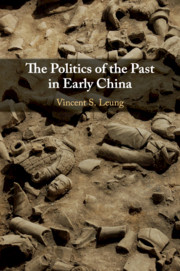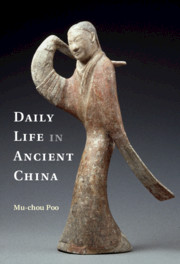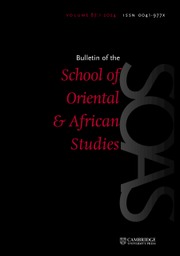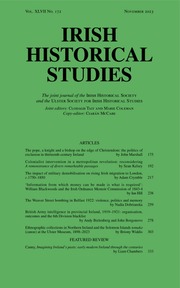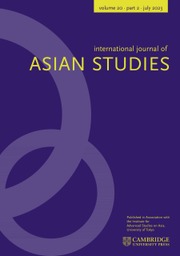Designing Boundaries in Early China
The Composition of Sovereign Space
£18.99
- Author: Garret Pagenstecher Olberding, University of Oklahoma
- Date Published: December 2022
- availability: Available
- format: Paperback
- isbn: 9781009074667
£
18.99
Paperback
Other available formats:
Hardback, eBook
Looking for an inspection copy?
This title is not currently available on inspection
-
Ancient Chinese walls, such as the Great Wall of China, were not sovereign border lines. Instead, sovereign space was zonally exerted with monarchical powers expressed gradually over an area, based on possibilities for administrative action. The dynamically shifting, ritualized articulation of early Chinese sovereignty affects the interpretation of the spatial application of state force, including its cartographic representations. In Designing Boundaries in Early China, Garret Pagenstecher Olberding draws on a wide array of source materials concerning the territorialization of space to make a compelling case for how sovereign spaces were defined and regulated in this part of the ancient world. By considering the ways sovereignty extended itself across vast expanses in early China, Olberding informs our understanding of the ancient world and the nature of modern nation-states.
Read more- Appeals to scholars of early, pre-modern, and modern China, as well as historians of the ancient world, political theorists and philosophers
- Includes classical Mediterranean societies in cross-cultural analytical frameworks
- Demonstrates structural similarities across the ancient world
Reviews & endorsements
'Garret Pagenstecher Olberding's Designing Boundaries in Early China is a breath of fresh air, in the occasionally sclerotic field of Chinese geography. Far from confusing the model with realities on the ground, he shows us, again and again, how maps induced and guided the conceptual pathways in the antique world he knows so well. The book raises a number of intriguing questions, such as, did the spatial senses of 'neighbor,' 'boundary,' and 'enemy' experience a tectonic shift during or after the late Warring States period? What, if anything, is distinctively 'Chinese' in the early writings in classical Chinese? How did the imperial court view itself, and imagine it was viewed by others? To what degree did people think the not-yet civilized could be civilized and by what means? These are probing questions, not easily answered, so let the debates begin!' Michael Nylan, University of California, Berkeley
See more reviews'A fascinating exploration of the conceptualization and representation of space in early China, particularly in terms of the ritual ordering of sovereign space. This is a powerful work in which Olberding pulls together a wide range of materials and develops exciting and important arguments.' Michael Puett, Harvard University
Customer reviews
Not yet reviewed
Be the first to review
Review was not posted due to profanity
×Product details
- Date Published: December 2022
- format: Paperback
- isbn: 9781009074667
- length: 211 pages
- dimensions: 228 x 150 x 10 mm
- weight: 0.32kg
- availability: Available
Table of Contents
Preamble
1. The basis of ancient borders
2. The visual modeling of space in text and map
3. Movement and geography
4. The perception of the 'state': the internal definition of sovereign space
5. The perception of the 'enemy': the external definition of sovereign space
6. Transgressions: rupturing the boundaries between sovereignties
Conclusion.
Sorry, this resource is locked
Please register or sign in to request access. If you are having problems accessing these resources please email [email protected]
Register Sign in» Proceed
You are now leaving the Cambridge University Press website. Your eBook purchase and download will be completed by our partner www.ebooks.com. Please see the permission section of the www.ebooks.com catalogue page for details of the print & copy limits on our eBooks.
Continue ×Are you sure you want to delete your account?
This cannot be undone.
Thank you for your feedback which will help us improve our service.
If you requested a response, we will make sure to get back to you shortly.
×
